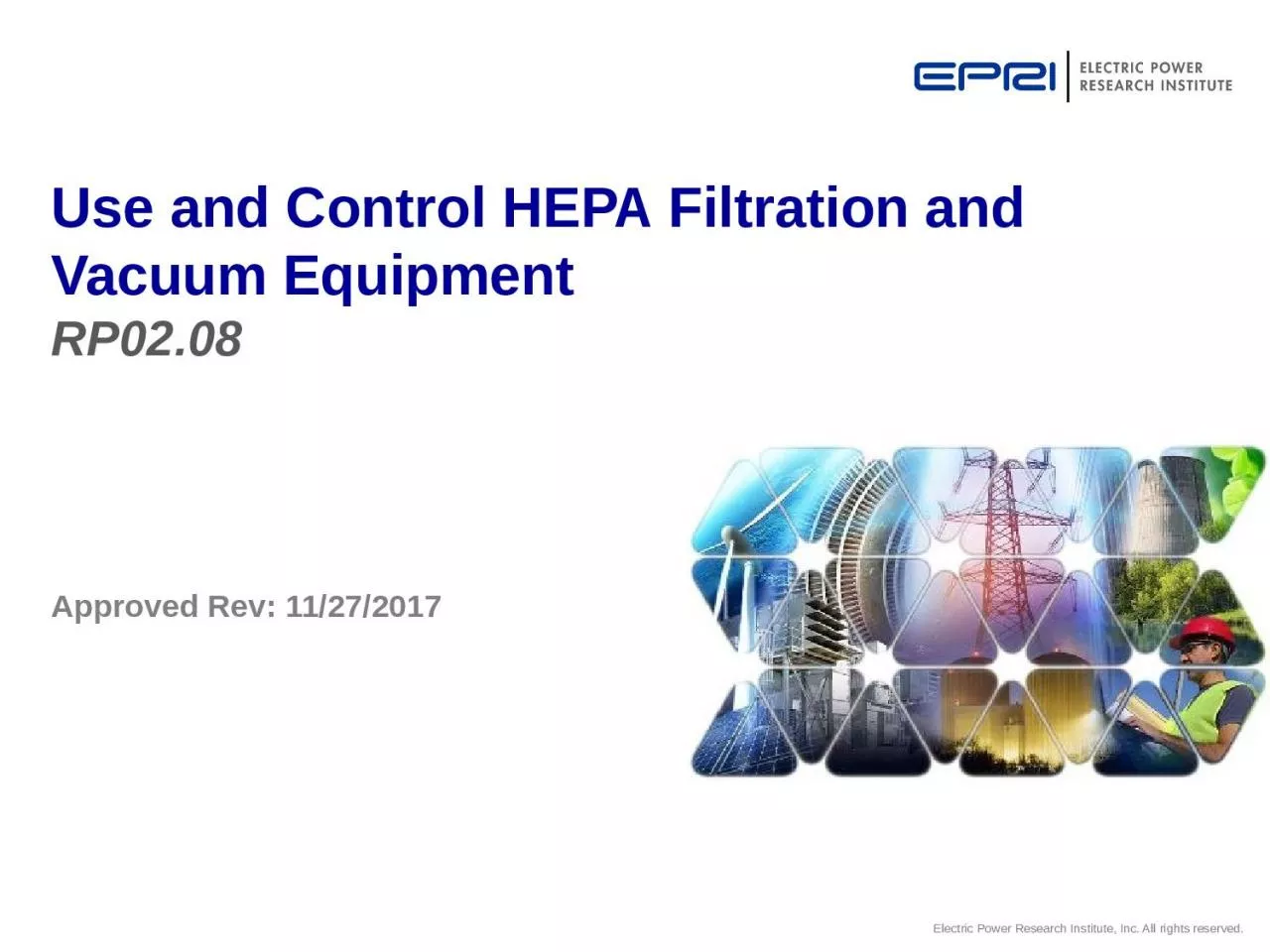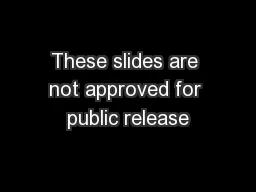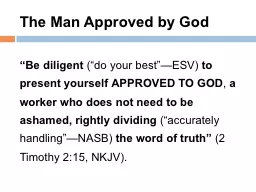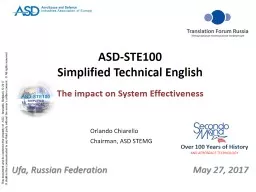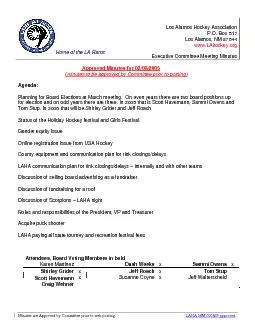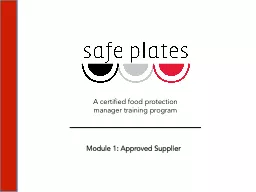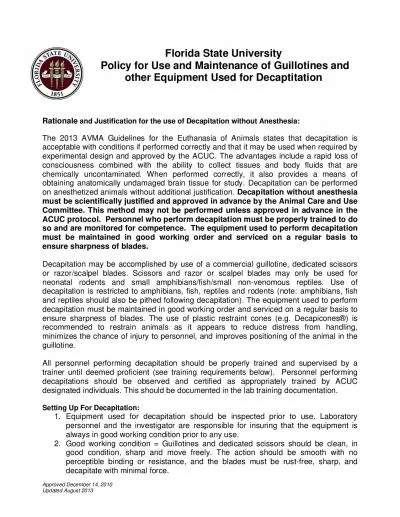PPT-Approved Rev : 11/27/2017
Author : Hardrocker | Published Date : 2022-07-28
Use and Control HEPA Filtration and Vacuum Equipment RP0208 Standardized Task Evaluation Program The Standardized Task Evaluation STE program promotes a workready
Presentation Embed Code
Download Presentation
Download Presentation The PPT/PDF document "Approved Rev : 11/27/2017" is the property of its rightful owner. Permission is granted to download and print the materials on this website for personal, non-commercial use only, and to display it on your personal computer provided you do not modify the materials and that you retain all copyright notices contained in the materials. By downloading content from our website, you accept the terms of this agreement.
Approved Rev : 11/27/2017: Transcript
Download Rules Of Document
"Approved Rev : 11/27/2017"The content belongs to its owner. You may download and print it for personal use, without modification, and keep all copyright notices. By downloading, you agree to these terms.
Related Documents

